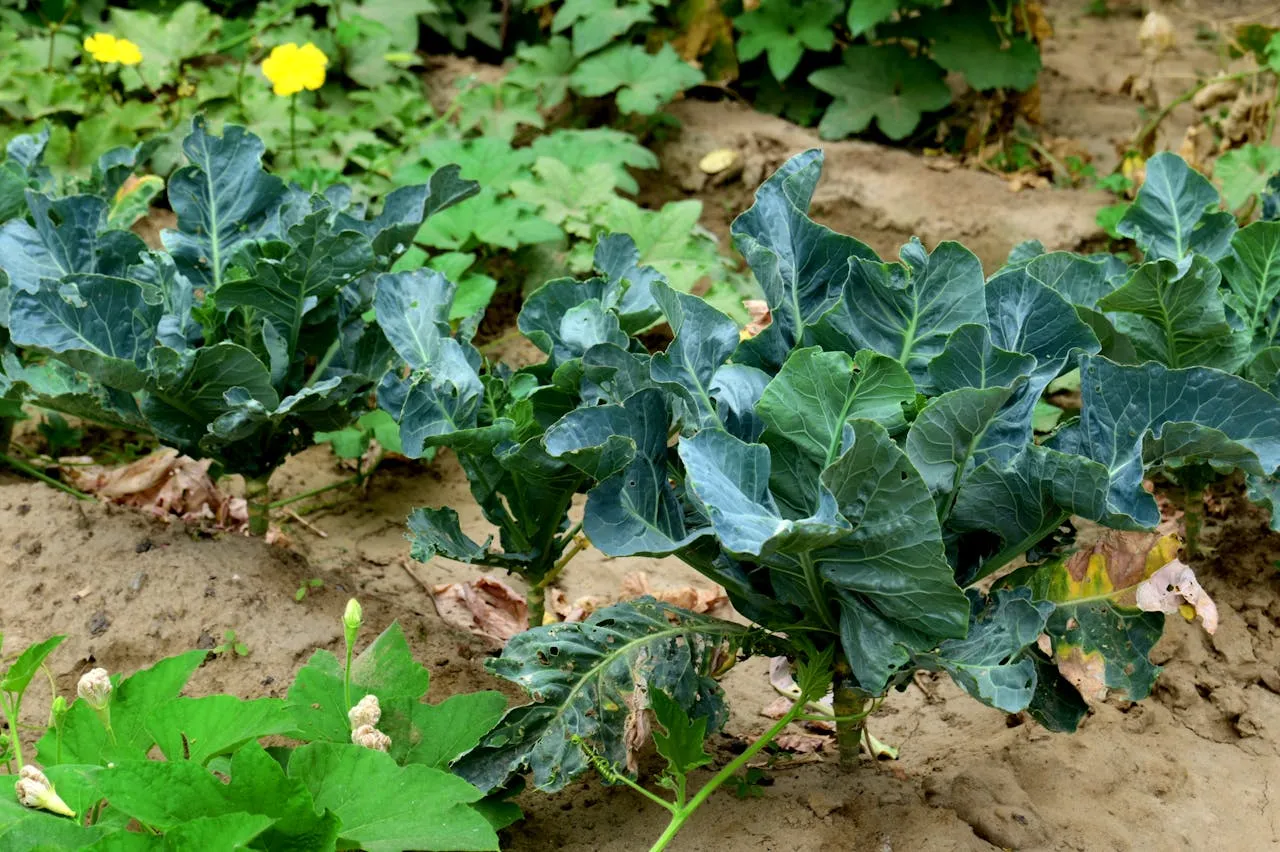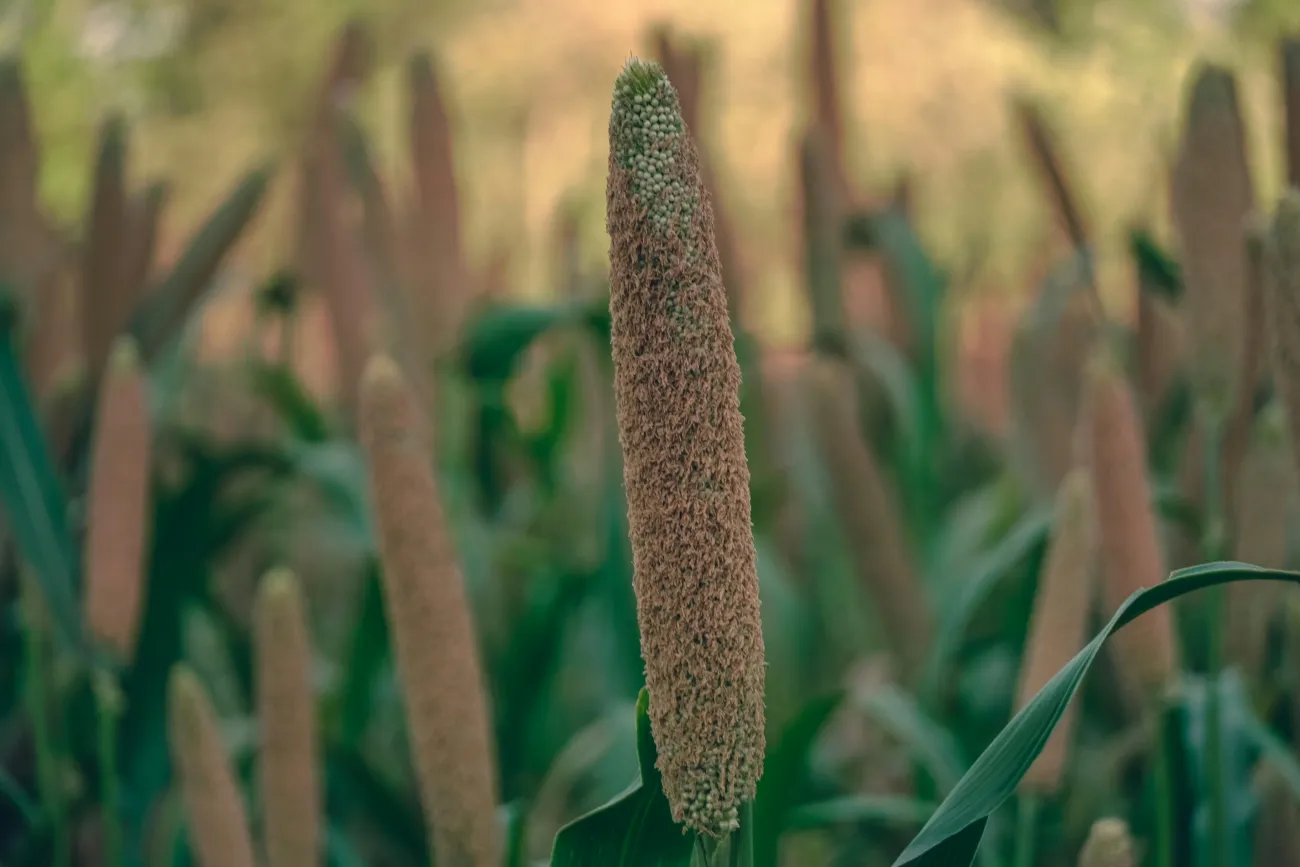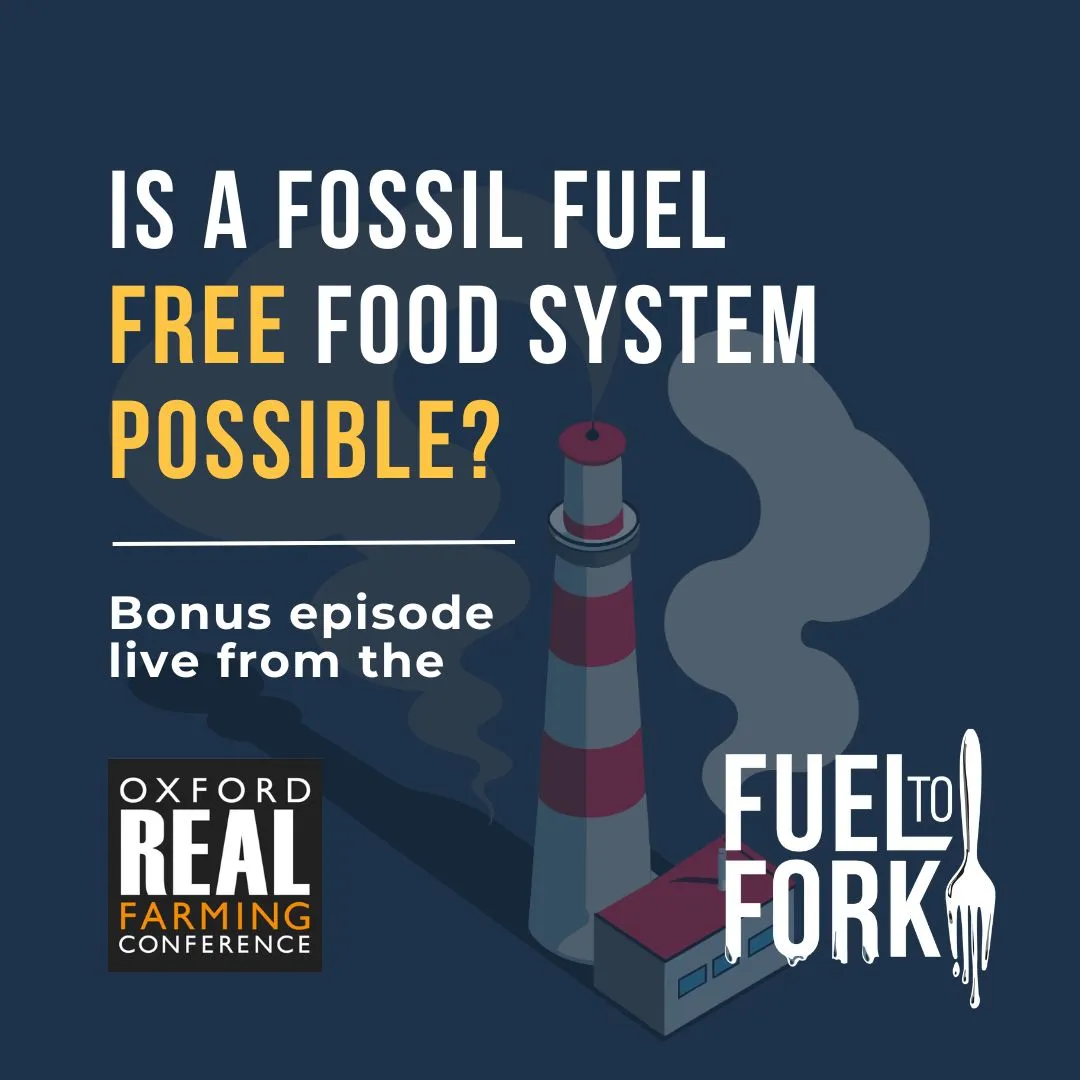 The Rural Economy and Land Use Programme (RELU) has published a policy brief that investigates the relationship between farming practice and sustainability at landscape scales. The vital role played by biodiversity in providing services that support life on Earth has become clearer in recent years, requiring increased care to maintain them. There are strong debates, however, about how to achieve a balance between increased and more sustainable production. One aspect of the debate suggests that this could best be achieved by some areas specialising in intensive farming, while other areas are managed for wildlife, rather than aiming to farm entire landscapes in a wildlife-friendly manner. This is sometimes known as the “land sparing versus land sharing debate.”
The Rural Economy and Land Use Programme (RELU) has published a policy brief that investigates the relationship between farming practice and sustainability at landscape scales. The vital role played by biodiversity in providing services that support life on Earth has become clearer in recent years, requiring increased care to maintain them. There are strong debates, however, about how to achieve a balance between increased and more sustainable production. One aspect of the debate suggests that this could best be achieved by some areas specialising in intensive farming, while other areas are managed for wildlife, rather than aiming to farm entire landscapes in a wildlife-friendly manner. This is sometimes known as the “land sparing versus land sharing debate.”
The paper notes that thinking at the landscape scale is key to understanding the environmental costs/benefits of a farm, because:
• A farm is part of a larger landscape and its environmental impact depends partly on the bio-physical environment and the way neighbourhood farms are managed.
• The environmental context is created by different habitats, topologies, soils and climate, making different places ecologically and environmentally different.
• Neighbourhood effects arise as different species of wildlife may move across many farms during their lives, or may move from farmed land to non-farmed land nearby at different stages of their life cycles.
• Some landscapes may be more naturally biodiverse than others, or be better suited to intensive production.
While the paper focuses on the UK context, the general issues it explores are relevant to other contexts and at wider scales. The full paper can be found here.
 The Rural Economy and Land Use Programme (RELU) has published a policy brief that investigates the relationship between farming practice and sustainability at landscape scales. The vital role played by biodiversity in providing services that support life on Earth has become clearer in recent years, requiring increased care to maintain them. There are strong debates, however, about how to achieve a balance between increased and more sustainable production. One aspect of the debate suggests that this could best be achieved by some areas specialising in intensive farming, while other areas are managed for wildlife, rather than aiming to farm entire landscapes in a wildlife-friendly manner. This is sometimes known as the “land sparing versus land sharing debate.”
The Rural Economy and Land Use Programme (RELU) has published a policy brief that investigates the relationship between farming practice and sustainability at landscape scales. The vital role played by biodiversity in providing services that support life on Earth has become clearer in recent years, requiring increased care to maintain them. There are strong debates, however, about how to achieve a balance between increased and more sustainable production. One aspect of the debate suggests that this could best be achieved by some areas specialising in intensive farming, while other areas are managed for wildlife, rather than aiming to farm entire landscapes in a wildlife-friendly manner. This is sometimes known as the “land sparing versus land sharing debate.”
The paper notes that thinking at the landscape scale is key to understanding the environmental costs/benefits of a farm, because:
• A farm is part of a larger landscape and its environmental impact depends partly on the bio-physical environment and the way neighbourhood farms are managed.
• The environmental context is created by different habitats, topologies, soils and climate, making different places ecologically and environmentally different.
• Neighbourhood effects arise as different species of wildlife may move across many farms during their lives, or may move from farmed land to non-farmed land nearby at different stages of their life cycles.
• Some landscapes may be more naturally biodiverse than others, or be better suited to intensive production.
While the paper focuses on the UK context, the general issues it explores are relevant to other contexts and at wider scales. The full paper can be found here.
For a further discussion of landscape issues in agriculture, see the FCRN- Oxford Martin Programme on the Future of Food report on sustainable intensification here.




Comments (0)